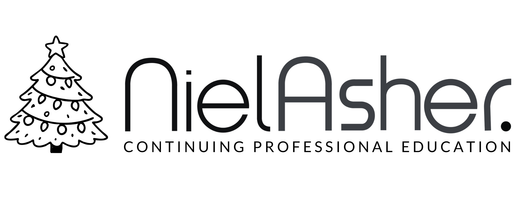What is the Deep Front Line?

Anatomy of the Human Body
The Deep Front Line (DFL) is often termed the "core".
Running almost the entire length of the body, the DFL connects the jaw muscles with the soles of the feet via the neck, chest, abdomen and pelvis. The term "core" highlights the inner support it provides when the Deep Front Line is engaged and toned. The DFL is harnessed at heel strike (hip flexion) and push-off (hip extension) through the connections and ‘switches’ that stretch from the head to the feet. In the leg, the DFL begins with the three muscles of the deep posterior compartment, crosses the medial aspect of the knee and divides into the anterior and posterior adductors which travel anteriorly and posteriorly to the hip joint. This arrangement allows this line to be active in both hip flexion and extension. From their respective attachments at the hip, we travel into the pelvic, abdominal, and thoracic cavities, and finally come to the head via the hyoid complex and the throat.
The Deep Front Line incorporates much of the intimate myofascia. Its fascia surrounds our viscera and is closely associated with our emotional states and even our sexuality. Many factors are involved in allowing this important line to play its diverse roles in movement. It requires balance with the more superficial myofascial lines, which must be free enough to allow the tensional forces to travel to the deeper tissue. On the other hand, issues from within the DFL, such as internal health (whether emotional or structural) can be reflected to the outside, as the outer lines surrounding the DFL are required to compensate for an ‘impaired core’.

The Deep Front Line
If we follow the anterior portion of the adductors from the adductor tubercle on the medial epicondyle, the fascial compartment travels toward the lesser trochanter via adductors longus and brevis and the pectineus. These muscles attach to the pubic ramus, but their fascial septum will merge with that of the iliacus and psoas, as their conjoined tendon crosses the front of the pelvis. This anterior line joins the inside of the foot to the diaphragm via three paths: the psoas, the quadratus lumborum and iliacus, and the pectineus and psoas minor. This anterior portion will be engaged during hip extension, especially when combined with internal rotation and abduction. This combination is the ideal position to engage through this fascial line at push-off.
If we follow the posterior line along the posterior adductor septum it travels to the ischiopubic ramus with the adductor magnus, which blends into the fascia of the obturator internus and, thereby, the pelvic floor. From the pelvic floor, the myofascial continuity continues to the head via the anterior longitudinal ligament or the deep aspect of the transversus abdominis, which blends with the abdominal and thoracic intracavity linings, leading us into the throat to reach the head. Tensioning of this posterior line in the thigh is important for “core” support at heel strike.
Here Phillipa Butler discusses the Deep Front Line;
For more information about the Deep Front Line and the Biomechanics of the Lower Body, take a look at our course; "Biomechanics - Lower Body', by clicking on the image below;
EDUCATION MEMBERSHIP PLANS
UNLIMITED ACCESS
FROM $19.95/monthly
About Niel Asher Education
Niel Asher Education (NAT Global Campus) is a globally recognised provider of high-quality professional learning for hands-on health and movement practitioners. Through an extensive catalogue of expert-led online courses, NAT delivers continuing education for massage therapists, supporting both newly qualified and highly experienced professionals with practical, clinically relevant training designed for real-world practice.
Beyond massage therapy, Niel Asher Education offers comprehensive continuing education for physical therapists, continuing education for athletic trainers, continuing education for chiropractors, and continuing education for rehabilitation professionals working across a wide range of clinical, sports, and wellness environments. Courses span manual therapy, movement, rehabilitation, pain management, integrative therapies, and practitioner self-care, with content presented by respected educators and clinicians from around the world.
Known for its high production values and practitioner-focused approach, Niel Asher Education emphasises clarity, practical application, and professional integrity. Its online learning model allows practitioners to study at their own pace while earning recognised certificates and maintaining ongoing professional development requirements, making continuing education accessible regardless of location or schedule.
Through partnerships with leading educational platforms and organisations worldwide, Niel Asher Education continues to expand access to trusted, high-quality continuing education for massage therapists, continuing education for physical therapists, continuing education for athletic trainers, continuing education for chiropractors, and continuing education for rehabilitation professionals, supporting lifelong learning and professional excellence across the global therapy community.

Continuing Professional Education
Looking for Massage Therapy CEUs, PT and ATC continuing education, chiropractic CE, or advanced manual therapy training? Explore our evidence-based online courses designed for hands-on professionals.



















